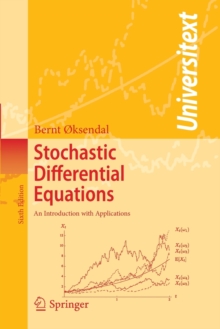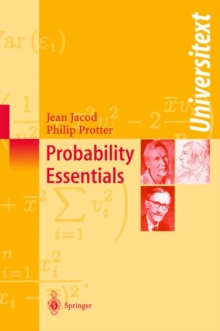
Description
Homological Algebra has grown in the nearly three decades since the rst e- tion of this book appeared in 1979.
Two books discussing more recent results are Weibel, An Introduction to Homological Algebra, 1994, and Gelfand- Manin, Methods of Homological Algebra, 2003.
In their Foreword, Gelfand and Manin divide the history of Homological Algebra into three periods: the rst period ended in the early 1960s, culminating in applications of Ho- logical Algebra to regular local rings.
The second period, greatly in uenced by the work of A.
Grothendieck and J. -P. Serre, continued through the 1980s; it involves abelian categories and sheaf cohomology.
The third period, - volving derived categories and triangulated categories, is still ongoing.
Both of these newer books discuss all three periods (see also Kashiwara-Schapira, Categories and Sheaves).
The original version of this book discussed the rst period only; this new edition remains at the same introductory level, but it now introduces thesecond period as well.
This change makes sense pe- gogically, for there has been a change in the mathematics population since 1979; today, virtually all mathematics graduate students have learned so- thing about functors and categories, and so I can now take the categorical viewpoint more seriously.
When I was a graduate student, Homological Algebra was an unpopular subject.
The general attitude was that it was a grotesque formalism, boring to learn, and not very useful once one had learned it.
Information
-
Download - Immediately Available
- Format:PDF
- Publisher:Springer New York
- Publication Date:10/12/2008
- Category:
- ISBN:9780387683249
Other Formats
- Paperback / softback from £49.15
Information
-
Download - Immediately Available
- Format:PDF
- Publisher:Springer New York
- Publication Date:10/12/2008
- Category:
- ISBN:9780387683249










